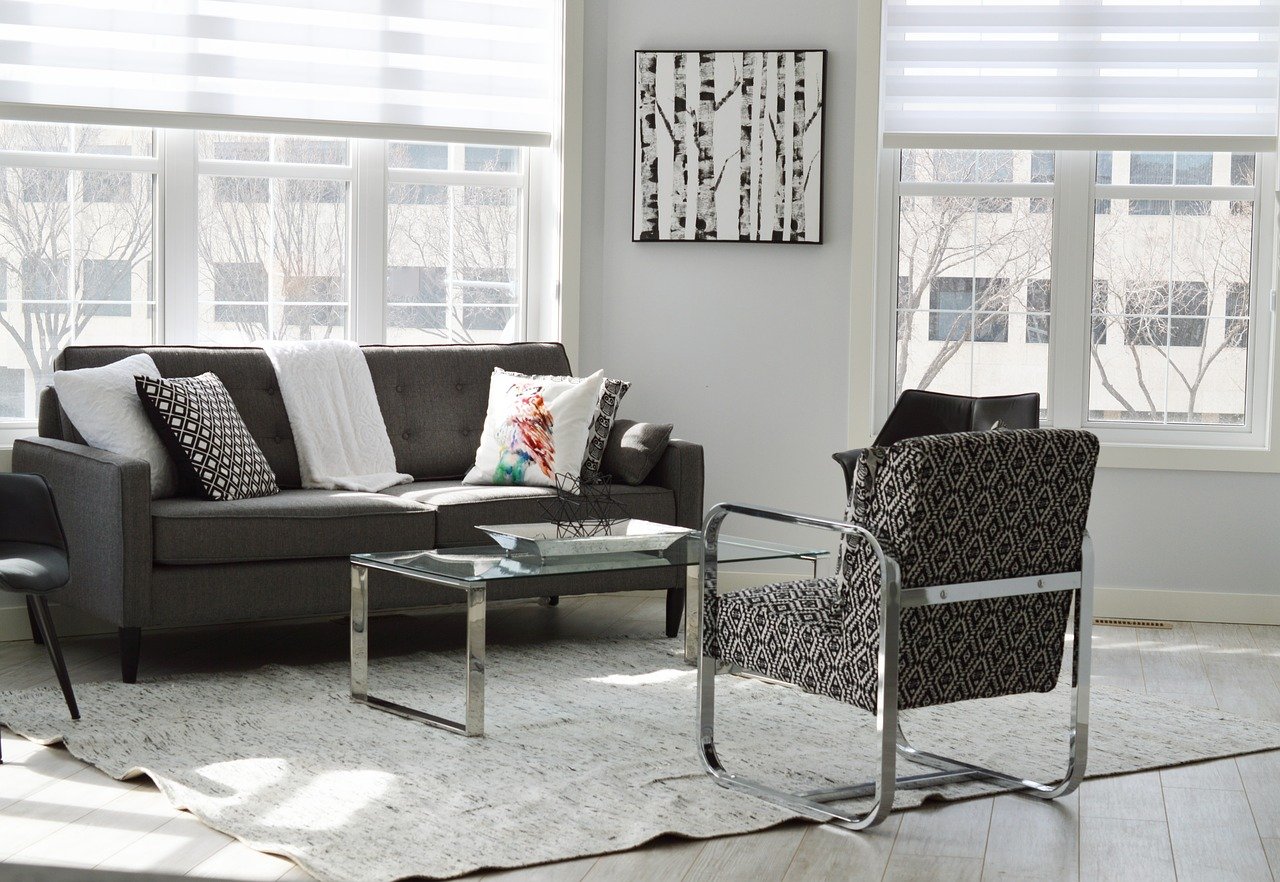There are many things associated with air pollution. The first thing that comes to mind is most likely waste in landfills, mining operations, and smoke coming out of factories. True enough, we often associate our homes as pollution-free, a place far from all that stinks. We never worry about the air inside, thinking air pollution is not possible indoors. However, not only is the problem of air pollution indoors, but it’s also more rampant than you think.
And this should matter as, on average, we spend 90% of our time indoors, and even more during the pandemic. Thanks to the advances in our society’s technology, we can now have our built-in environment inside. This way, we get high-quality ventilation at home and work. At no sweat.
But reality certainly bites. According to the World Health Organization, 4.3 million humans die annually due to poor indoor air pollution. Yes, you heard that right. We’re talking about exposure to a household’s air pollutants. Worse, women and children who spend a good amount of time attending to the domestic hearth are most vulnerable to these deaths.
Therefore, finding ways to attain better IAQ or indoor air quality for your precious abode is a must. Lucky for you, achieving that target is possible with the application of proven-and-tested methodologies and a little patience.
Keep Your Home Clean
Keeping a clean environment has its merits. A major benefit is it lowers the chances of in-home air pollution.
Proper indoor hygiene limits pollutants. It decreases the chances of animal dander and dust, says health expert Dr. BuSaba. Thus, when cleaning, you should focus on reducing the accumulation of mold, dust, and pet dander lurking around your house.
In this regard, a good tip when vacuuming your carpets and rugs is to buy a vacuum cleaner that has a HEPA filter. Why? That’s simply because HEPA (High-Efficiency Particulate Air) vacuums have filters that can trap 99.97% small particles as small as 0.3 microns. Also, know that a floor with a hard surface makes more sense to cut down allergens in a home.
Further, when cleaning drapes and bedding, the water should be at least 130 degrees Fahrenheit, the American Academy of Allergy, Asthma, and Immunology recommends. This is especially true when you have pets.
Keep Your Greenery Outside
No doubt, having plants and flowers inside your home is lovely. Needless to say, this improves the overall aesthetic of your house. However, there’s more to the greenery than meets the eye. Such inside foliage can improve the air quality of your home.
But the downside is that plants inside can cultivate the development of molds. So you may want to be wary about indoor allergens, especially for children in your family with asthma. For one, people who are allergic to plants most likely will have watery and itchy eyes.
It’s true. Plants and other greenery increases the release of oxygen. But, on the downside, they may also trigger allergies. So it really is your call.
Clean Your Filters
Most American residences have forced heating or air conditioning systems. And when you have these, they should be cleaned now and then. Why? Because these types of units distribute air quality to different areas of your house.
Such air ducts are prone to all sorts of toxins. You can have fungal and mold contaminants, debris, and micro dust. As you put on your heater or air-con, you distribute these toxins all over your house.
While it’s possible you can DIY your air duct cleaning, having expert professionals do the air duct maintenance cleaning is wise. Not only do these experts have the experience to effect a thorough clean, but they also have the right tools to get the job done and fast.

Thus, these professionals remove a host of undesirable contaminants from dirt, mold, dust, pollen, dander, and other pollutants that build up in your ductwork. This usually takes around 1.5 to 3 hours of a thorough cleaning.
Having dirty ducts means less airflow, and that means your HVAC will have to work double-time. This causes your energy bills to shoot up. Having professionals do the task, therefore, can save you a lot.
Place an Air Purifier Inside Your Home
People who are triggered by indoor allergens, especially children, should invest in an air purifier. Know that most pets have thick furs and can trigger allergies. A purifier, specifically ionic purifiers, can be a big boost to thwart allergies.
Further, a purifier can help the overall indoor air quality by capturing irritants that can trigger your symptoms. Although it cannot ultimately remove all allergens, it can help in decreasing their numbers.
Also, investing in dehumidifiers is spot on. This is especially true for damp areas such as basements. The device helps deter the accumulation of molds, keeping your air as clean as can be.
Open Your Windows and Welcome the Fresh Air
During cold months, it is sensible to open your windows now and then. This is to allow fresh air into your house. By using the fans in your kitchen along with this, you can keep contaminants and other pollutants from forming and taking over your precious abode.
Keeping your IAQ sterling sounds like a tall order. But make no mistake about it. It’s a small price to pay when your goal is to have the whole family healthy and happy as can be.